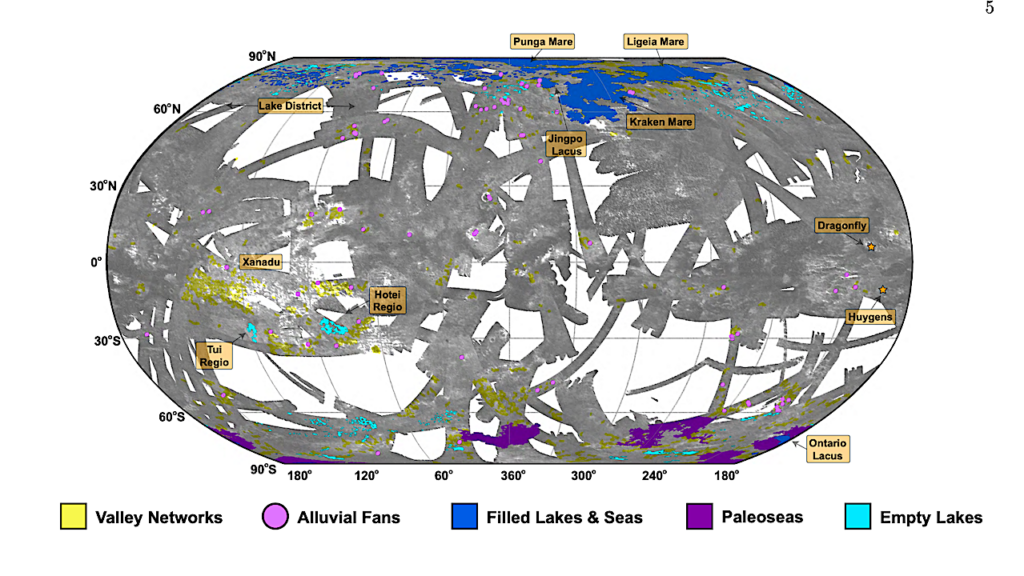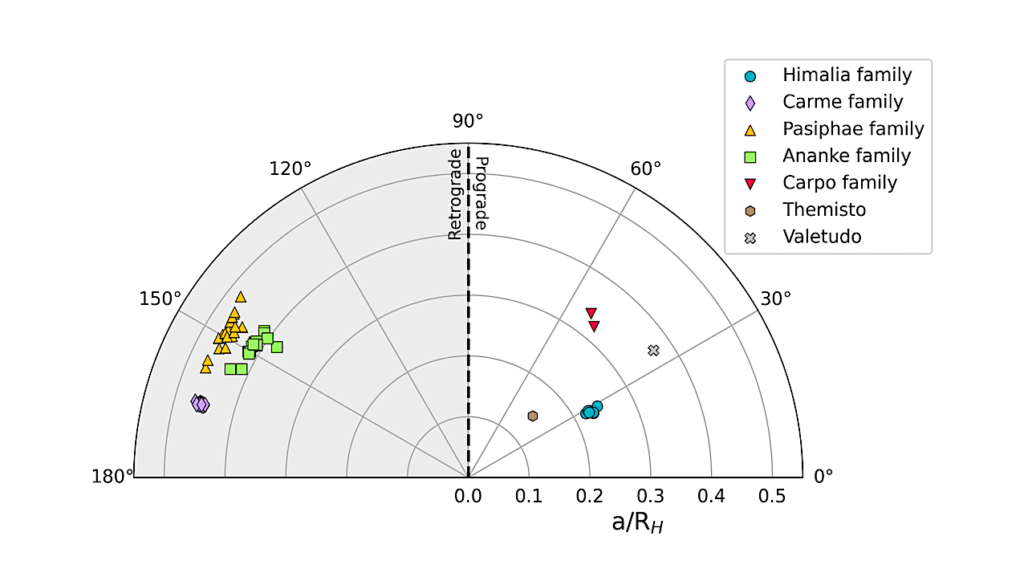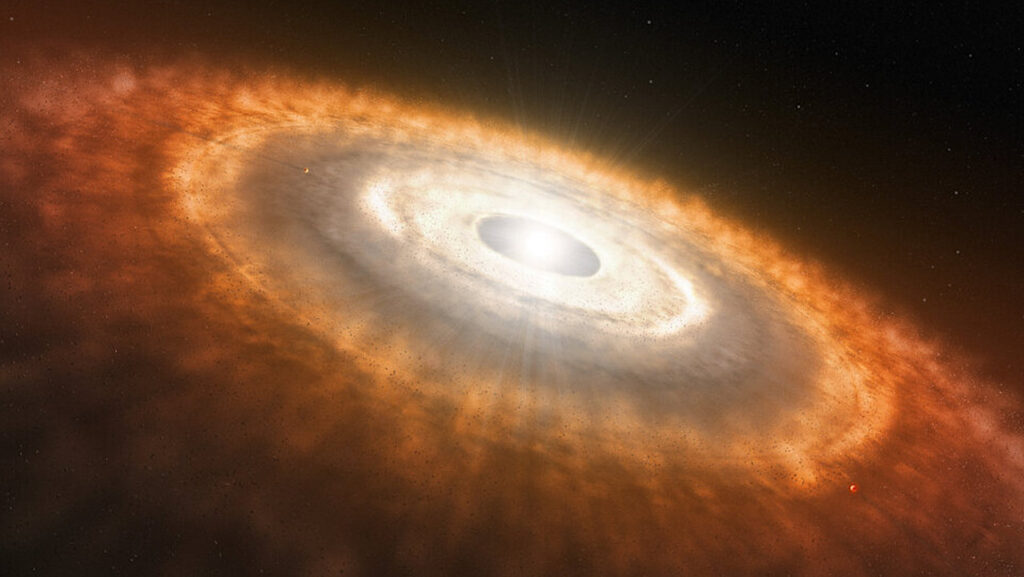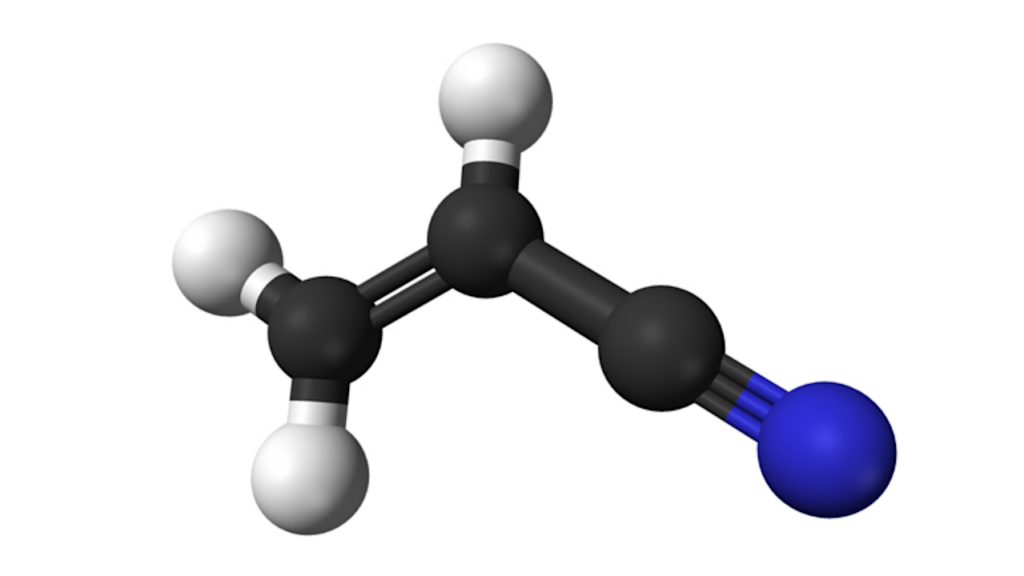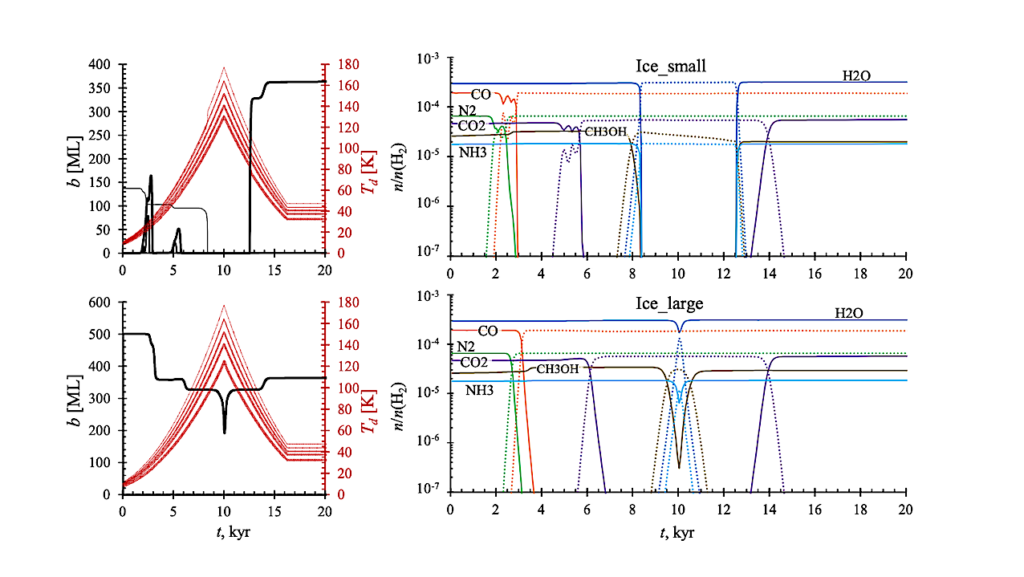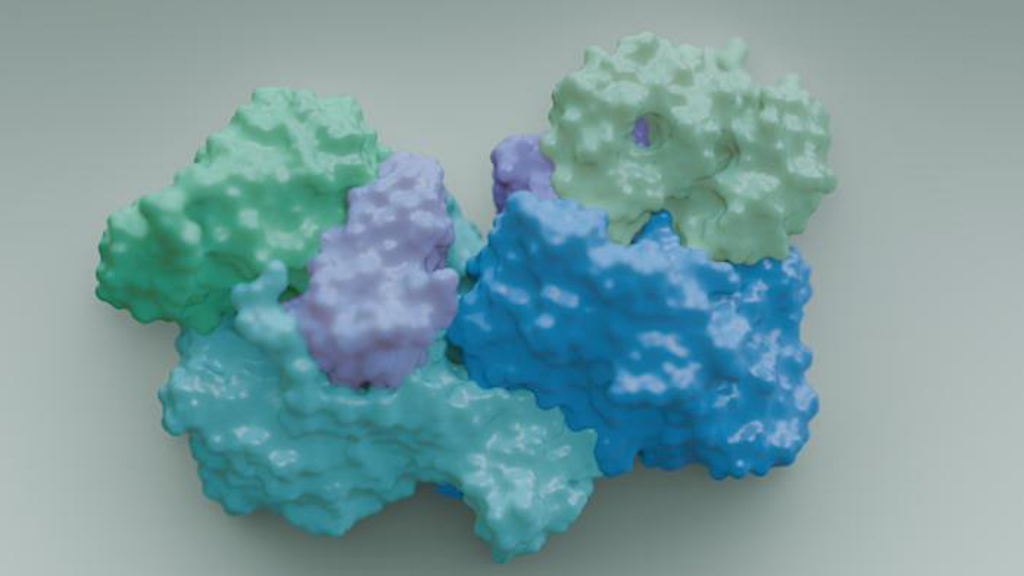Resolved Gas Temperatures and 12C/13C ratios in SVS13A from ALMA Observations of CH3CN and CH3-13-CN
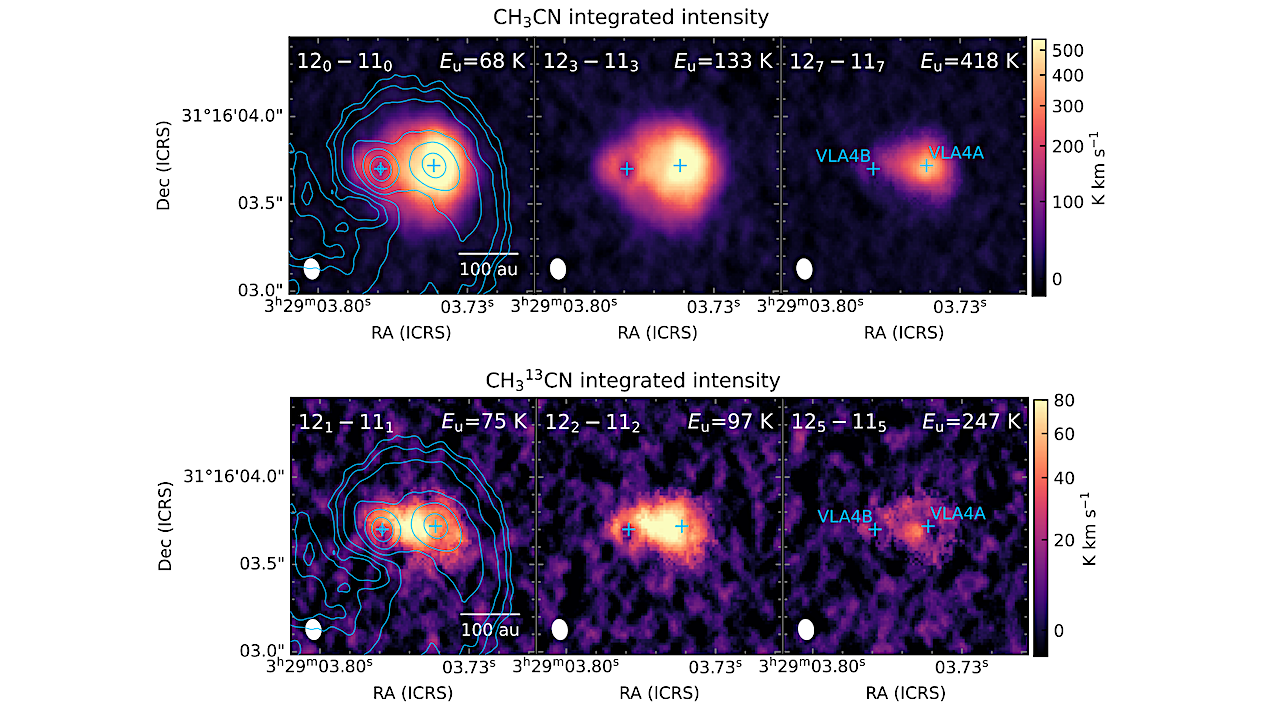
Context. Multiple systems are common in field stars, and the frequency is found to be higher in early evolutionary stages. Thus, the study of young multiple systems during the embedded stages is key to have a comprehensive understanding of star formation.
In particular, how material accretes from the large-scale envelope into the inner region and how this flow interacts with the system physically and chemically has not yet been well characterized observationally.
Aims. We aim to provide a snapshot of the forming protobinary system SVS13A, consisting of VLA4A and VLA4B. This includes clear pictures of its kinematic structures, physical conditions, and chemical properties.
Methods. We conducted ALMA observations toward SVS13A targeting CH3CN and CH3–13CN J=12-11 K-ladder line emission with a high spatial resolution of ~30 au at a spectral resolution of ~0.08 km s-1 Results. We perform LTE radiative transfer models to fit the spectral features of the line emission. We find the two-layer LTE radiative model including dust absorption is essential to interpret the CH3CN and CH3–13CN line emission.
We identify two major and four small kinematic components, and derive their physical and chemical properties.
Conclusions. We find a possible infalling signature toward the bursting secondary source VLA4A, which may be fed by an infalling streamer from the large-scale envelope. The mechanical heating in the binary system, as well as the infalling shocked gas, likely play a role in the thermal structure of the protobinary system.
By accumulating mass from the streamer, the system might have experienced a gravitationally unstable phase before the accretion outburst. Finally, the derived CH3CN/CH3–13-CN ratio is lower than the canonical ratio in the ISM and is different between VLA4A and VLA4B.
T.-H. Hsieh, J. E. Pineda, D. M. Segura-Cox, P. Caselli, M. J. Maureira, L. A. Busch, M. T. Valdivia-Mena, C. Gieser, Y. Lin, Y.-R. Chou, V. Lattanzi, S. Spezzano, A. Lopez-Sepulcre, R. Neri
Comments: 14 pages, 13 figures
Subjects: Astrophysics of Galaxies (astro-ph.GA); Solar and Stellar Astrophysics (astro-ph.SR)
Cite as: arXiv:2502.02873 [astro-ph.GA](or arXiv:2502.02873v1 [astro-ph.GA] for this version)
https://doi.org/10.48550/arXiv.2502.02873
Focus to learn more
Submission history
From: Tien-Hao Hsieh
[v1] Wed, 5 Feb 2025 04:08:38 UTC (6,302 KB)
https://arxiv.org/abs/2502.02873
Astrobiology, Astrochemistry,


